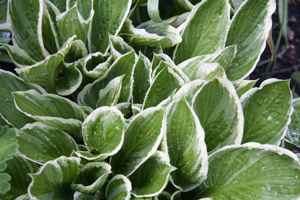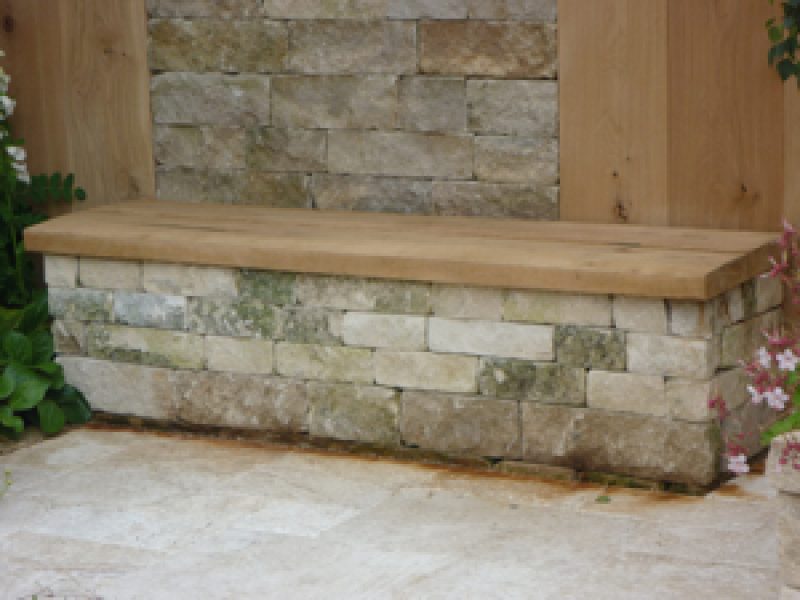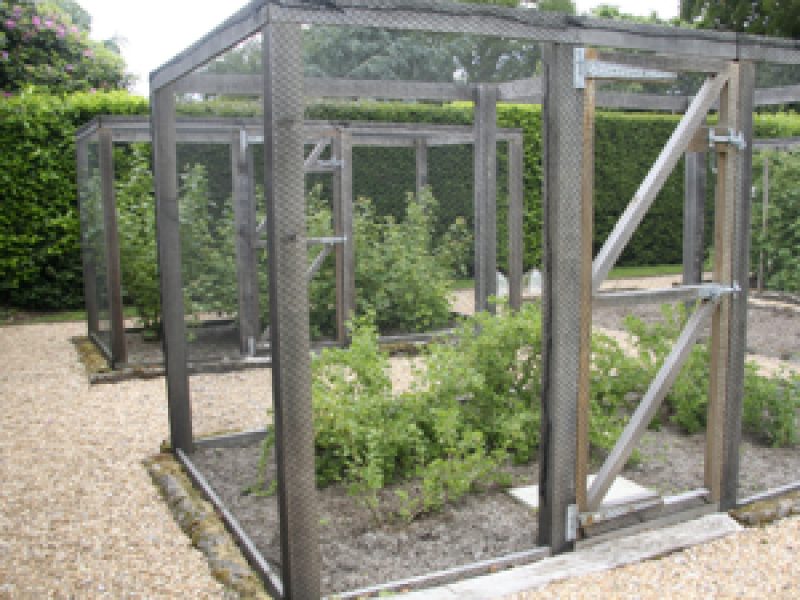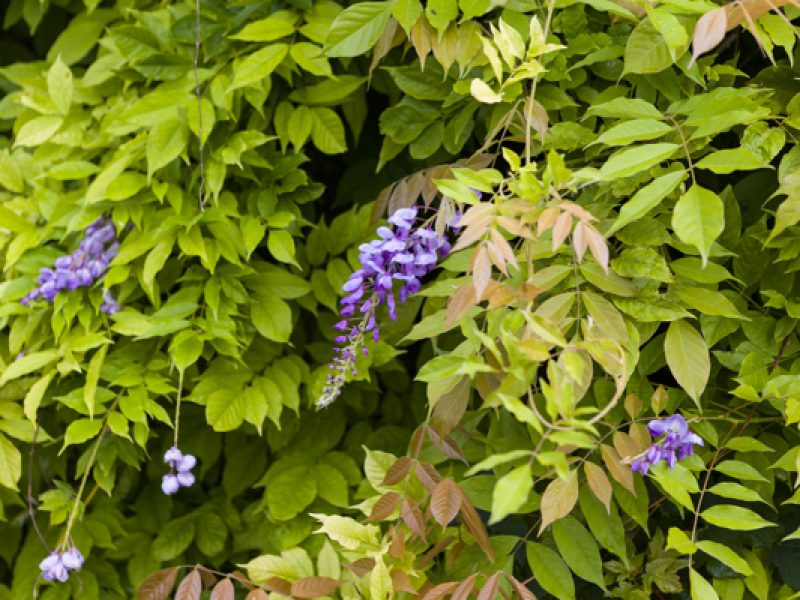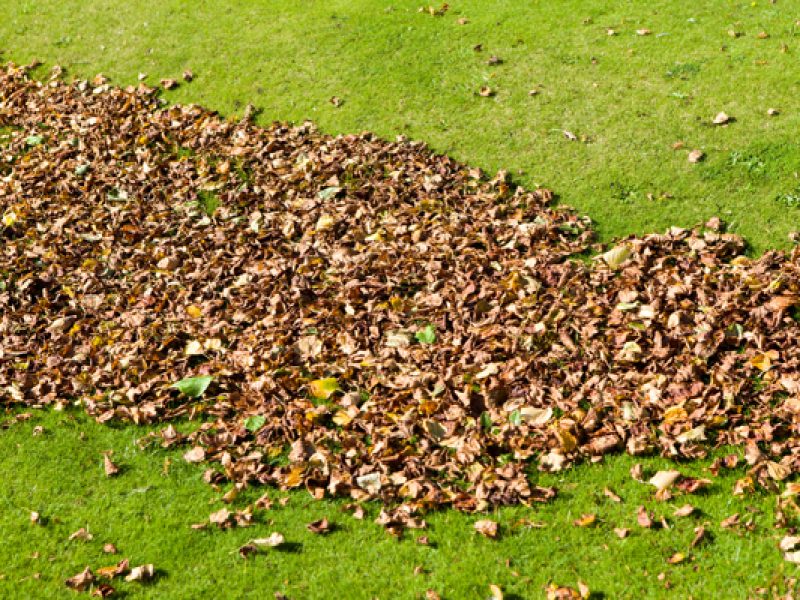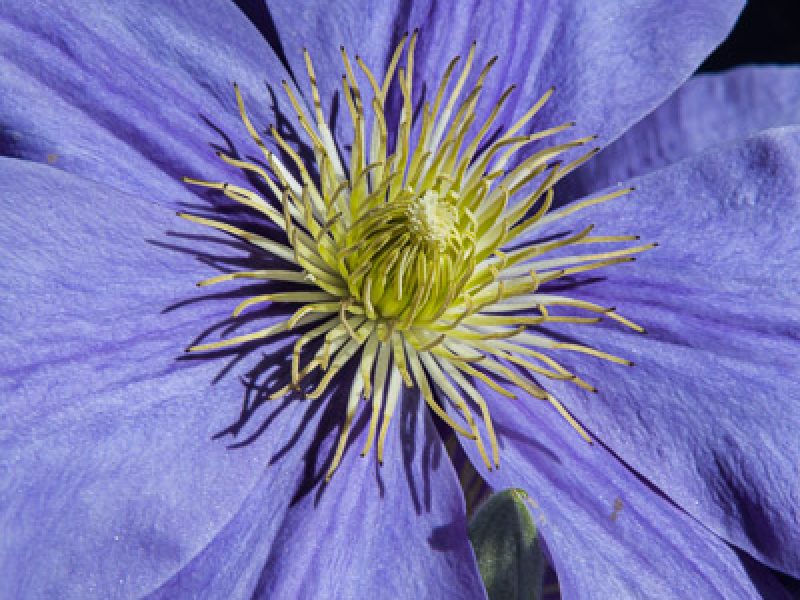It’s a busy time of year with all that spring growth coming along nicely, so do your best to keep on top of things. Here’s a simple guide to the major jobs you should be carrying out in May
TREES
Newly planted trees need taking care of for up to 3 years after planting until they are fully established, so make sure that you keep watering them in dry weather.
SHRUBS & CLIMBERS
Remove one third of growth to a strong new shoot in early blooming Kerria, Ribes and Forsythia.
Cut back flowered Choisya to promote a second flush of flowers in the autumn and lightly trim new growth on Lavenders to keep plants tidy and compact.
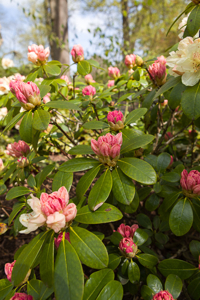
Deadhead Azaleas and Rhododendrons.
If you notice any green shoots appearing on variegated trees and shrubs, simply pinch them out.
Regularly tie in new growth of climbers and wall shrubs to their supports as new growth extends.
HEDGES & TOPIARY
Clip Beech and Hornbeam hedges, Thuja and Leyland Cypress later this month or early next month. Cut privet and Lonciera nitida every 6 weeks or so throughout the summer. Before clipping hedges, check thoroughly for nesting birds, and delay pruning if necessary. Prune Ivy.
Towards the end of the month when all danger of frost has passed, lightly trim Buxus (box) hedging and topiary.
PERENNIALS
Keep on top of your weeding & if you haven’t already done it, put plant supports in place for large perennials which will get floppy later in the season.
Plant out Dahlias and other tender exotics when it’s warm enough.

Do the ‘Chelsea chop’! This refers to the act of cutting back late-flowering perennials (like Aster, Phlox, Sedum, Rudbeckia, Helenium) by one third to keep growth compact & bushy. It seems like a strange thing to do, but it works, and the practice gets its name as it is normally carried out around the time of the Chelsea Flower Show (the end of May).
BULBS
Deadhead and divide crowded spring bulbs when they are finished flowering, and liquid feed those that are not being moved.
LAWN CARE
Mow existing lawns weekly and apply a high-nitrogen summer feed (if you didn’t do it last month), unless drought conditions set in. Treat broad-leafed lawn weeds with selective herbicide.
Cut bulbs growing in grass (but only 5 or 6 weeks after they have flowered).
POND CARE
Remove blanket weed from ponds by twisting it round a cane, or use a net or rake. There will be lots of pond-life living in whatever you remove, so just leave it on the side of your pond for a couple of days to make sure it can find its way back in to the water before you dispense with the weeds.
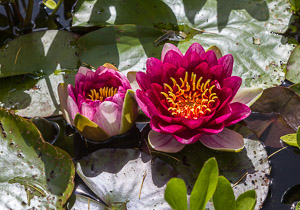
If you have water lilies which haven’t been divided for a few years then now is the time to do that. This is also a good time to add new floating plants to the pond.
CONTAINER PLANTS & ANNUALS
Feed your container plants on a regular basis from now on. The easiest way to do this is to use a diluted liquid feed, or take out the top layer of potting compost and a fresh new layer mixed with slow-release fertiliser.
Plant and train sweet peas
Prepare borders for bedding plants and plant hanging baskets and containers. But be patient with planting out summer bedding and only do so once the risk of frost has passed towards the middle of the month. Keep an eye on the weather forecast – if frost is forecast then protect with horticultural fleece.
PESTS
Inspect plants regularly for the sign of pests and diseases. Plants growing strongly are less susceptible to attacks so it’s worth being vigilant at this time of year.
Pick off larvae of Rosemary beetle, Viburnum beetle, and Lily beetles as soon as you see them.
Keep an eye out for slugs and snails especially as vulnerable plants such as Hostas and Delphiniums start to put out appetising new growth.
Vine weevils can become a serious problem which isn’t usually noticed until it’s too late. They can be dealt with at this time of year by watering on a biological treatment of nematodes (a beneficial insect which will destroy the vine weevil larvae).
NB this information applies to gardens in the UK, and of course you need to take account of your own local weather conditions when carrying out any work in the garden.
Picture credits: Janet Bligh & Firgrove Photographic

